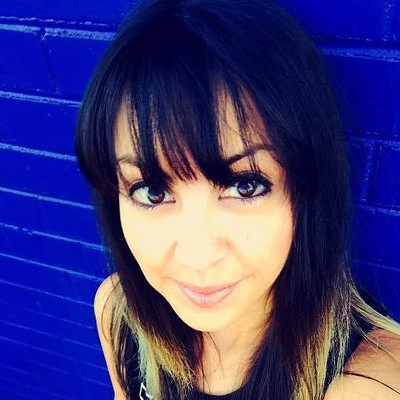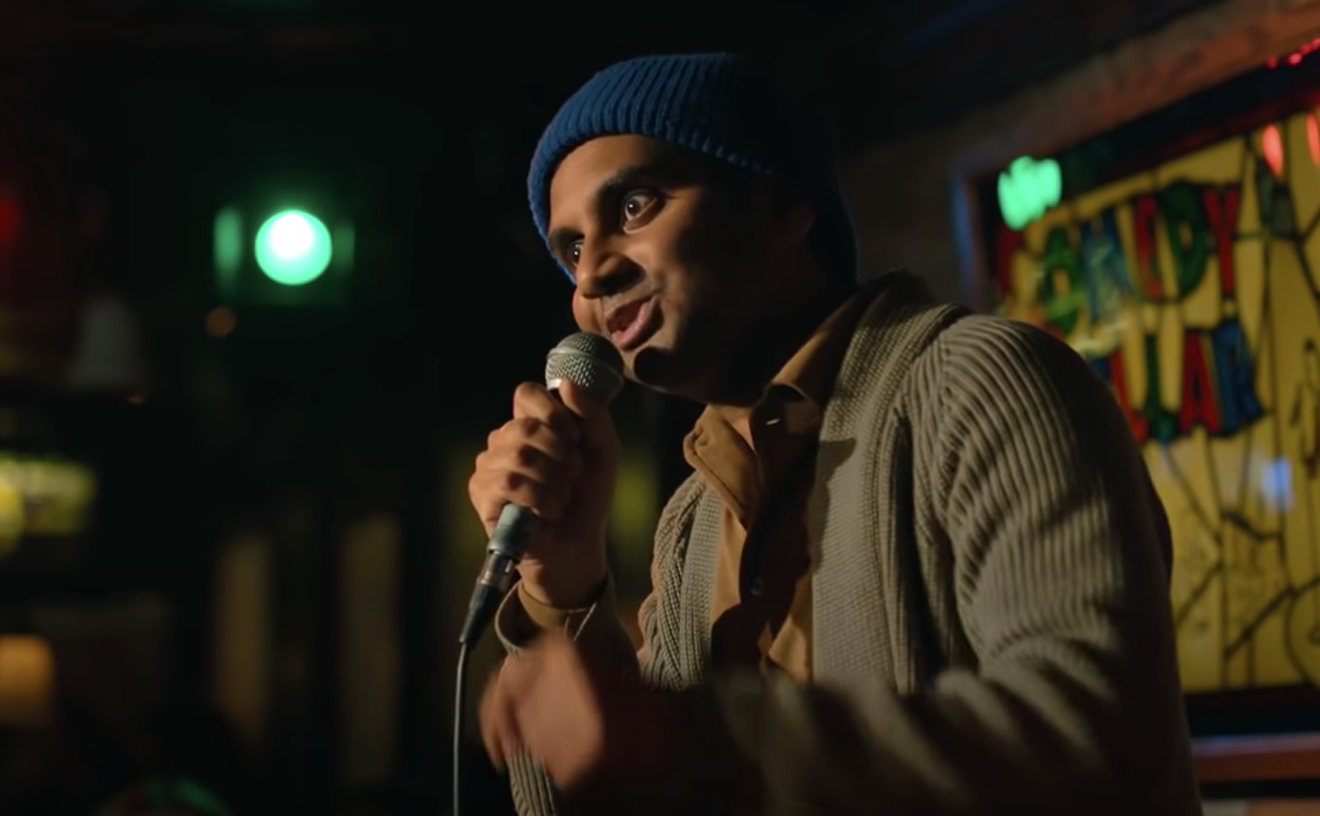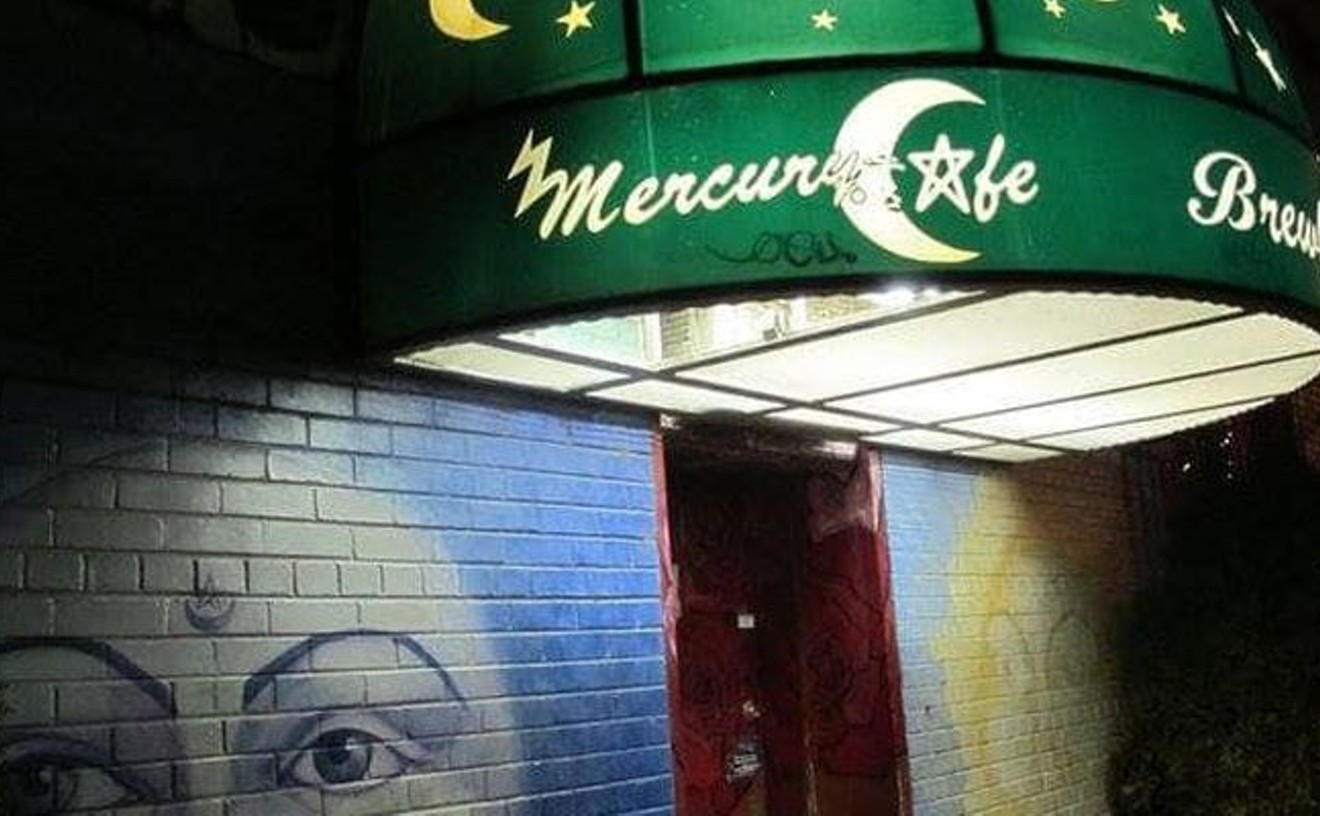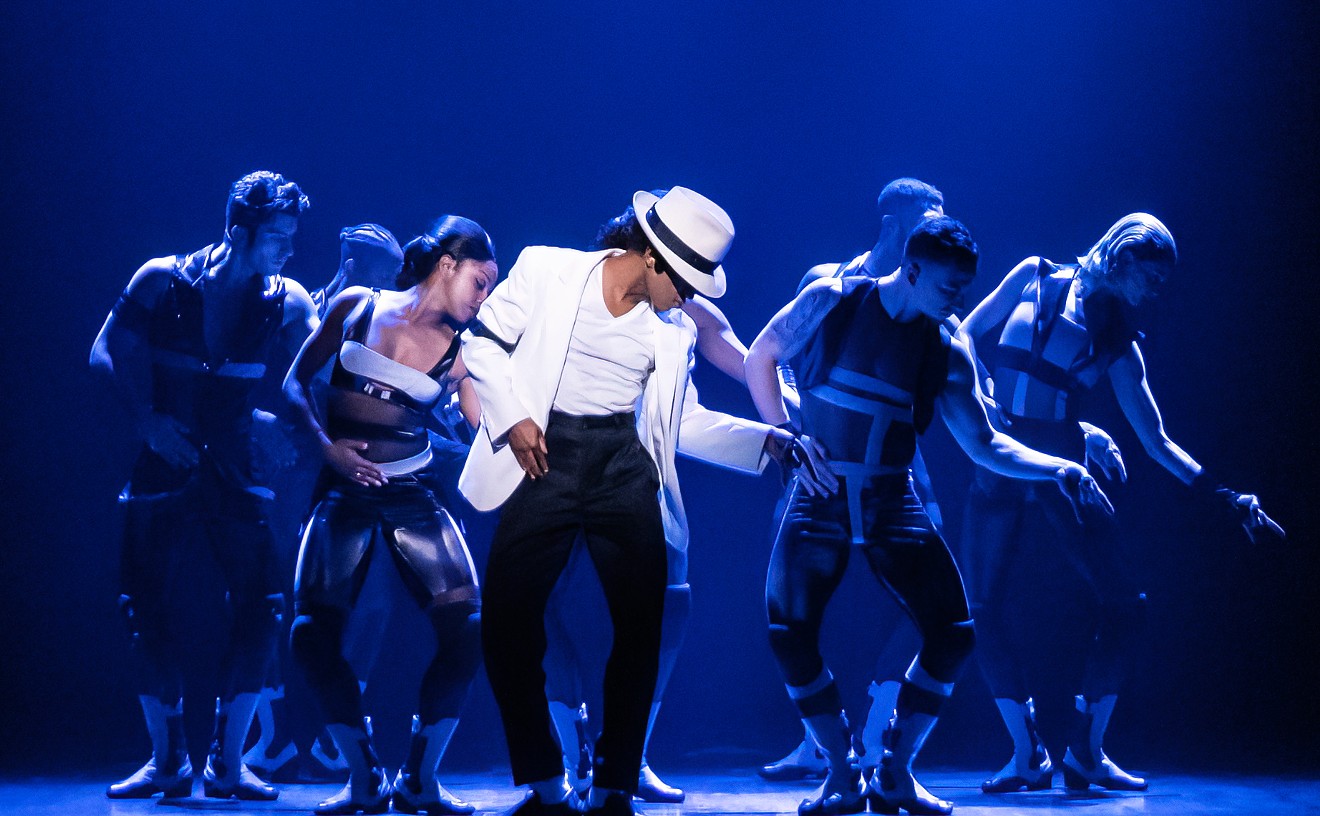Black Cube is known for really breaking out of the box. With the launch of its Gold Hill Art Project, the nomadic museum is taking art out of the galleries and putting it into log cabins with the help of its first curator-in-residence, Laurie Britton Newell.
Originally from England, Britton Newell brings an extensive background in formal contemporary curating, including a stint at the Victoria and Albert Museum in London. After ten years of what she calls “pretty serious curating,” Britton Newell began her own independent consulting company and eventually crossed paths with Cortney Stell, Black Cube’s executive director and and chief curator. While planning the museum’s second year, Stell decided to add more curatorial voices and asked Britton Newell to curate an exhibition.
Britton Newell says she knew that Gold Hill, Colorado, would have to be the location.
“Before I even moved here two years ago, I just came here to visit and was inspired by the place,” Britton Newell explains. “It’s this little town nestled in the hills in the mountains, and I was just really interested by its recent mining history, its older mining history, and its artistic history at the turn of the century.”
The Gold Hill Art Project is the first Black Cube pop-up exhibition that will feature more than one artist fellow. For this site-specific exhibition, Britton Newell selected Molly Berger and Jennifer Ling Datchuk, who both work largely with ceramics, and Eric Stewart, who concentrates on photography. Their pieces for the project will focus on Gold Hill's history and the surrounding landscape.
“Molly has really chosen to get to know the residents here and has even gone so far as to interview some of the people who live here,” Britton Newell says, adding that Berger’s work deals with memory and nostalgia and how people relate to ordinary objects. “She wanted to learn a bit more about their lives and things they keep in their houses and on their houses.”
Berger’s installation is on the outside of a historic cabin and plays with the idea of functionality. She's creating objects familiar in mining history — such as gold pans and picks — out of precious materials, but leaving some ambiguity to their shape, Britton Newell says.
“There’s a second part of Molly’s project that is a series of embroidered welcome mats [for which] she’s taken phrases from the interviews with residents,” Britton Newell adds. “She was so overwhelmed by how warmly welcomed she was by everyone, and people shared very personal stories with her. If you’re a local, you’ll recognize who made those statements on the mats.”
Jennifer Ling Datchuk is extremely interested in the Asian involvement in the Gold Rush. “There’s a lot of fact and fiction around the Asian presence that was in this area, that it was quite poorly documented,” Britton Newell says. “There is a lot of myth and oral history around it, but it’s all subjective.”
Ling Datchuk’s piece is based at the junction of Gold Run Road and focuses on the connection to water, including irrigation ditches, Chinese laundries and porcelain drains, as well as hair. “To see these long pieces of Asian hair she’s creating in the porcelain drains, it’s really quite jarring in the landscape,” Britton Newell notes.
Eric Stewart hopes to engage with mining and the manmade aspects of it; he plans to create large series of prints and photograms made without a camera, exposing the minerals and rocks. Britton Newell describes these works as "otherworldly," full of refraction and light.
Stewart has also curated a number of film screenings that will take place throughout the run of the exhibition. “They’re all historic films that have been taken in this area,” Britton Newell says. “One was made by Thomas Edison, and some are vintage films, too. It’s huge and experimental to have outdoor film screenings that will take place at different times.”
The Gold Hill Project opens with a launch party at 5 p.m. on Saturday, August 6, at 491 College Street. The exhibition will run through September 5, with public hours on Saturdays and Sundays from 10 a.m. to 5 p.m., and guided tours beginning at 10:30 a.m. on Sundays. A program of free events and workshops, including ceramics, pinhole-camera photography and outdoor film screenings, are scheduled for Sundays in August and the first Sunday in September. Visit blackcubeart.org for more information.
[
{
"name": "Air - MediumRectangle - Inline Content - Mobile Display Size",
"component": "12017618",
"insertPoint": "2",
"requiredCountToDisplay": "2"
},{
"name": "Editor Picks",
"component": "17242653",
"insertPoint": "4",
"requiredCountToDisplay": "1"
},{
"name": "Inline Links",
"component": "18838239",
"insertPoint": "8th",
"startingPoint": 8,
"requiredCountToDisplay": "7",
"maxInsertions": 25
},{
"name": "Air - MediumRectangle - Combo - Inline Content",
"component": "17261320",
"insertPoint": "8th",
"startingPoint": 8,
"requiredCountToDisplay": "7",
"maxInsertions": 25
},{
"name": "Inline Links",
"component": "18838239",
"insertPoint": "8th",
"startingPoint": 12,
"requiredCountToDisplay": "11",
"maxInsertions": 25
},{
"name": "Air - Leaderboard Tower - Combo - Inline Content",
"component": "17261321",
"insertPoint": "8th",
"startingPoint": 12,
"requiredCountToDisplay": "11",
"maxInsertions": 25
}
]











